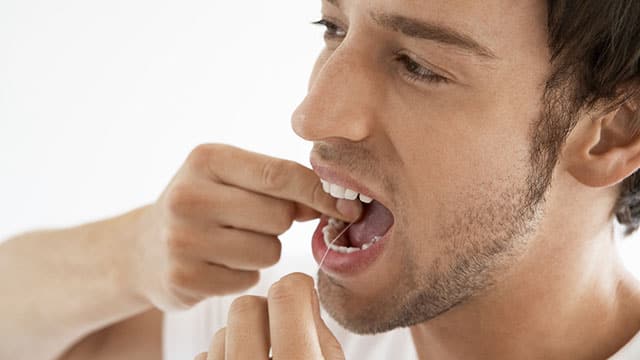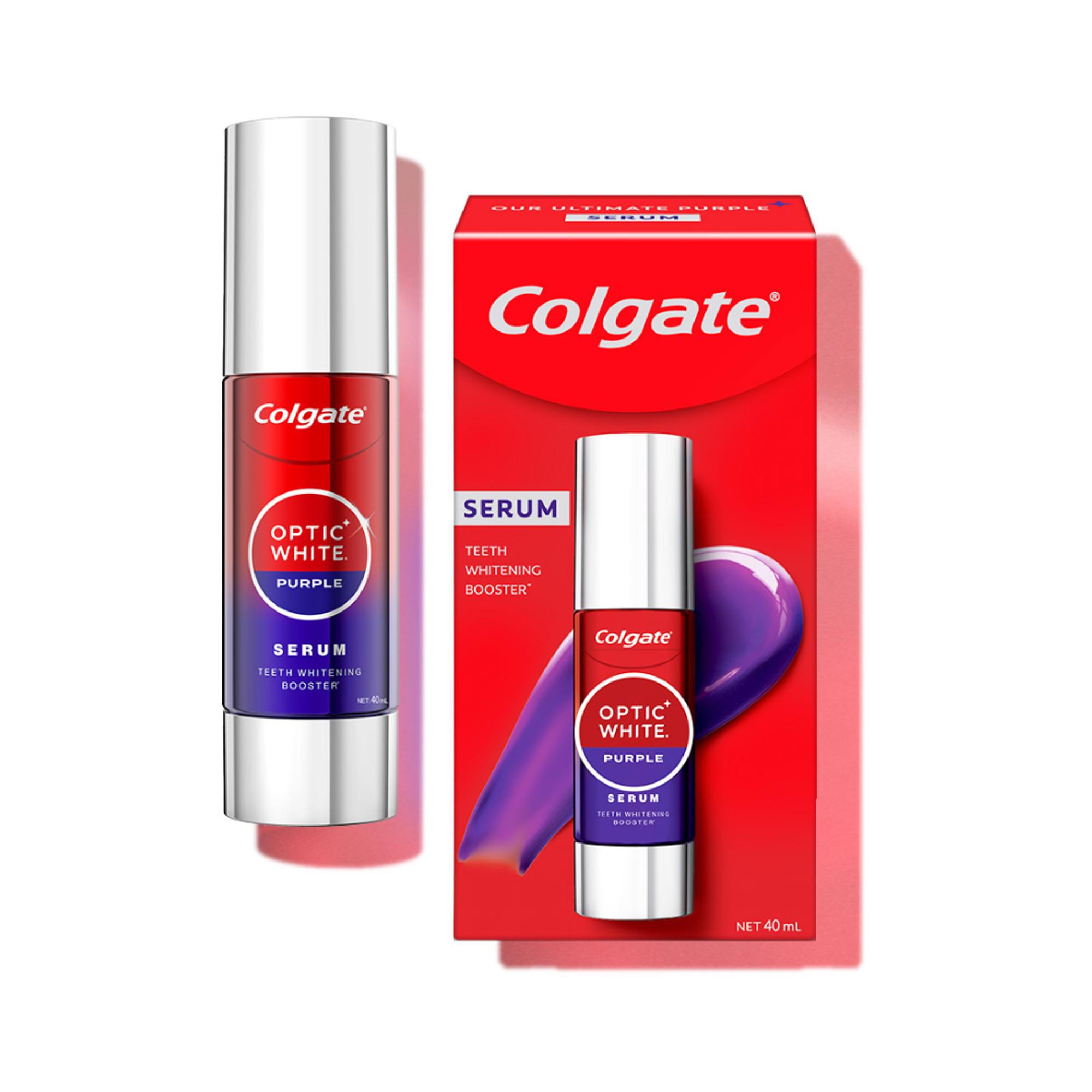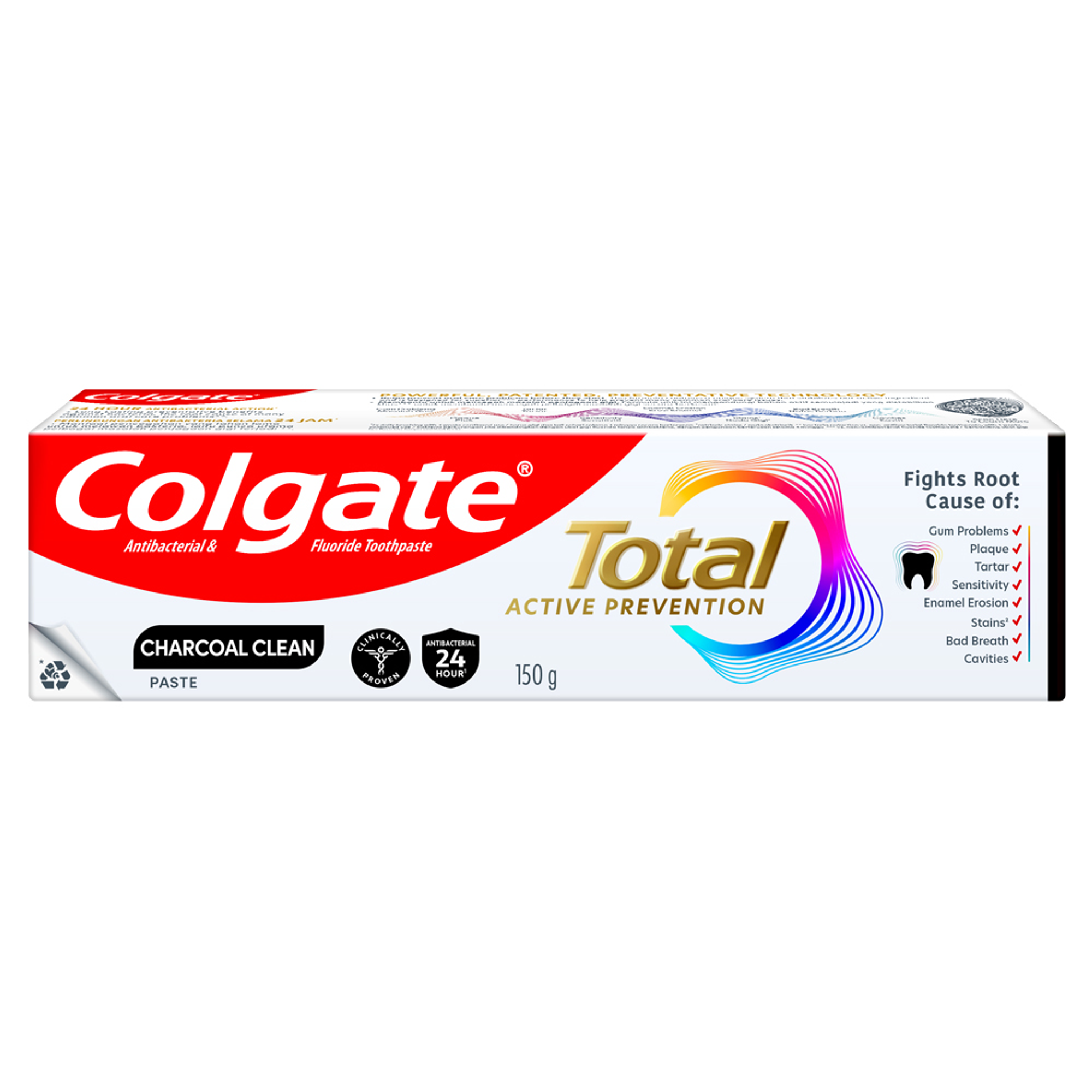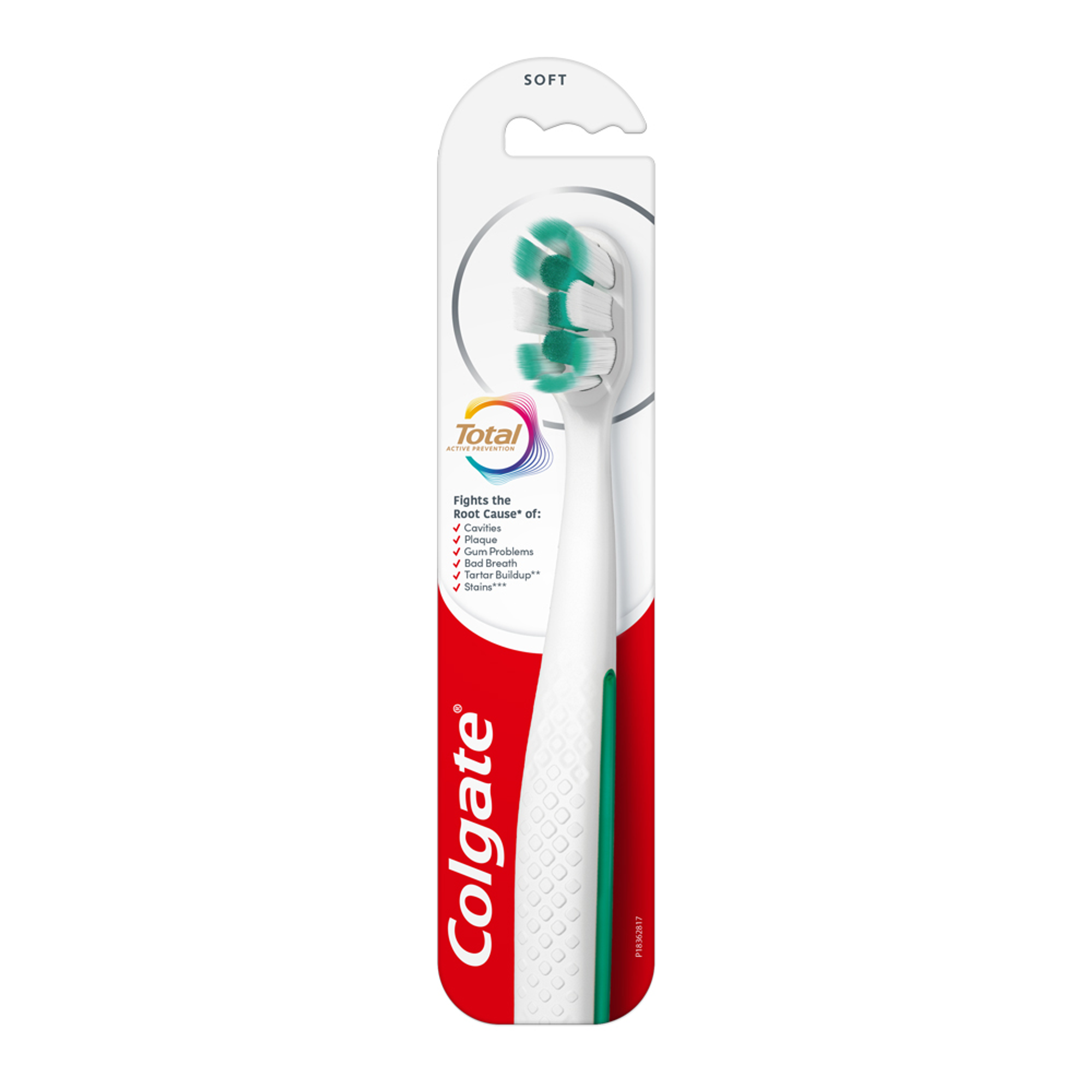-
-

FLUORIDE
Discover how stannous fluoride toothpaste prevents cavities and other oral health issues. Learn the key benefits of fluoride for teeth and its best uses.Fluoride plays a vital role in oral healthcare...

TEETH WHITENING
Teeth Whitening Serum for a Brighter, Confident SmileWho does not want whiter and brighter teeth? Thanks to the many teeth-whitening products available today...
-
Science & Innovation
- Colgate® | Toothpaste, Toothbrushes & Oral Care Resources
- Oral Health
- Dental Tape or Floss: Which Is Best for You?


Flossing is a critical dental health habit that all too often falls by the wayside. Luckily, there are many interdental products on the market, and choosing one that suits your needs will help you implement flossing in your daily routine. Typically, dental professionals will recommend dental tape or floss, but which device is best for your teeth and flossing habits?
Dental Floss vs. Dental Tape
Dental floss and dental tape are interdental cleaning products that clean the surfaces between teeth where a toothbrush cannot reach. Dental floss is a thin strand of twisted plastic monofilaments or nylon filaments, according to the American Dental Association (ADA) in the United States. Dental tape is very similar to floss, but it is broader and flatter than dental floss. It's also sometimes referred to as ribbon tape.
The decision on whether to use dental tape or floss depends on which is the most effective at cleaning between your teeth and which you find easiest to use. For those whose teeth are tightly pressed together, waxed floss, which slides easily between teeth, is recommended. Dental tape, also known as "wide floss", is recommended for people who have wider-than-average interdental gaps. Some people may also find it difficult to handle thin strands of floss, especially if you have large fingers. In this case, switching to dental tape is recommended.
How to Use Dental Tape or Floss
The procedure for flossing with dental tape or floss is the same. The National Dental Centre Singapore (NDCS) under SingHealth explains the proper steps and techniques involved in flossing:
- Break off an arm's length of floss and coil it around each middle finger.
- Adjust the “active” length to between 4 cm and 5 cm for front teeth, and 10 cm for back ones.
- Pinch the string on each hand with your forefinger and thumb for control.
- Insert the floss or tape into the space between two of your teeth and wrap it around the edge of one tooth, forming a C-shape.
- Using a sawing back and forth motion, gently work the floss up/down the tooth until it exits from between the teeth.
- Do not floss aggressively against the gum. And make sure you scoop under the gum line where the bacteria resides.
- Repeat on all gaps, using a clean section of the floss every time you start on a new gap.
- Floss using a similar technique for the back teeth with a longer section of the floss. Form a U-shape and slide the floss between teeth, making sure to floss under the gum line too.
The flossing product you choose isn't as important as the act of using it. Brushing only cleans 60 per cent of teeth; flossing reaches spaces that the bristles of toothbrushes can't reach, providing a more thorough cleaning and removing gum inflammation causing plaque (dental bacteria). If left untreated, plaque can lead to periodontitis (or severe gum disease), when gum tissue weakens and teeth loosen with the loss of the supporting bone structure, as NDCS explains.
That's why it's recommended for one to floss once a day. You can floss before or after brushing your teeth or at whatever time is most convenient.
Choosing a Flossing Device
If you have trouble using traditional dental tape or floss, a range of alternative devices are available, including dental picks, wooden plaque removers, pre-threaded flossers, powered water or air flossers and tiny dental brushes for cleaning between your teeth. Dental brushes are cylindrical or cone-shaped and come in several sizes to fit the space between the teeth. There are also specialised brushes for cleaning between dental implants.
Don't allow problems with using dental floss or tape prevent you from developing or maintaining good oral health habits. Flossing once a day helps to keep your teeth and mouth healthy and reduces your risk of gum disease and dental decay. If you choose an interdental cleaner and it doesn't work for you the way you had hoped, ask your dentist for advice and experiment until you find one that suits you and your teeth.
Related Articles

Flossing is important for good oral health. If you have difficulty using string floss, talk to your dentist about alternatives, like a water flosser.


Water flossing uses water jets to clean between teeth, while traditional floss uses string. Learn the differences and choose what suits you best.
Related Products

Helping dental professionals
More professionals across the world trust Colgate. Find resources, products, and information to give your patients a healthier future








